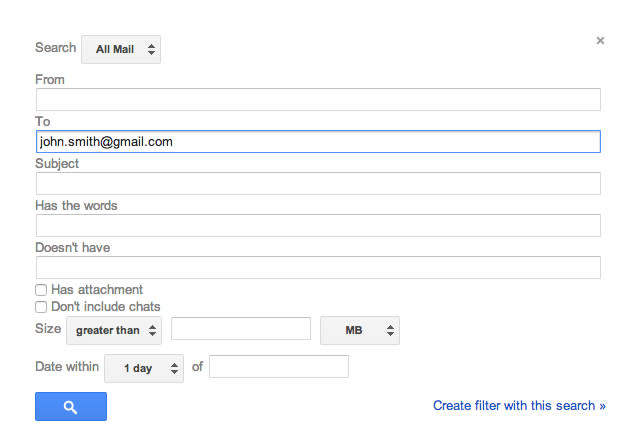Creative use of Gmail addresses can help you tame your inbox

Gmail supports plenty of nifty email featues that you can use to take control your inbox. One trick takes less than a minute to implement and can save you hours in organization.
As noted by Gizmodo and stretching all the way back to 2005 on Lifehacker, you can add a modifier, such as a period or a "+" sign, to the first half of your Gmail address and Gmail will process the mail just like your regular email address you can use both the period (.) and the plus sign (+) to amend or modify your address in different ways. With the plus sign, you can append an arbitrary string to your address (e.g. "johnsmith@gmail.com" would become "johnsmith+tuaw@gmail.com) without affecting how the mail is delivered.
The period can be introduced anywhere within your email address, and will be ignored for the purposes of Gmail's mail routing. For example, email messages sent to john.smith@gmail.com will handled just like messages sent to johnsmith@gmail.com. You can put the period at any spot before the @ sign. (Note that some users report this doesn't work as expected with Google Apps accounts, only with consumer Gmail accounts. Your mileage may vary.)
The power in this technique comes from Gmail's filtering options that allow you to sort emails based on the email address that is being used for the message. For example, you can use john.smith@gmail.com for all of your newsletters. When an email is sent to the john.smith@gmail.com address, you can configure a filter to forward it to specific folder, delete it or more.

Setting up a filter is easy using these instructions on Google's website. Just make sure you type the correct email address into the "To" field as that is one that will be used for sorting the incoming email.
You can use these modified emails with filters to sort incoming newsletters, keep track of giveaway entries, separate personal and work emails, organize online purchase receipts and more. Huffington Post has a few more savvy Gmail user tips.
Post edited to correctly reflect the difference between the plus sign and period modifers.

